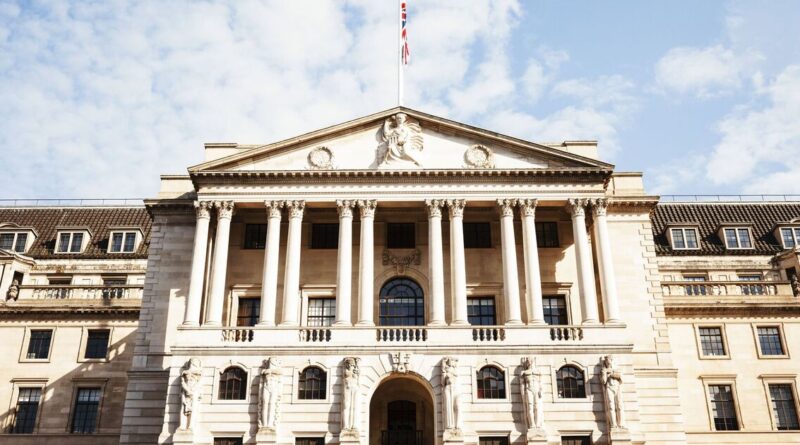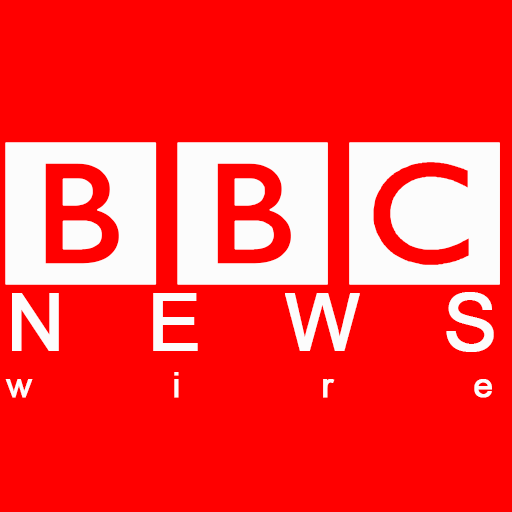British growth surge could stall Bank of England rate cuts | Personal Finance | Finance
Britain’s economy has delivered a surprise spring boost — but the good news may come at a price for homeowners hoping for cheaper mortgages.
Figures from the Office for National Statistics (ONS) reveal the UK economy grew by 0.7% in the first quarter of 2025, a significant improvement on the anaemic 0.1% rise seen at the end of last year.
Services were the main driver with a 0.7% jump, while production soared by 1.1%. Construction, however, flatlined.
The upbeat performance defies earlier warnings of a crisis in business confidence, but brokers are now cautioning that the stronger-than-expected growth may force the Bank of England to take a more cautious stance on interest rate cuts.
Riz Malik, Director at R3 Wealth, said: “Does a stronger economy need additional base rate cuts? That’s the question the Monetary Policy Committee will be asking at their next meeting. The expectation of deep and rapid rate cuts for 2025 could be short-lived.”
While markets had been betting on a series of rate reductions to ease the pressure on households and businesses, that optimism may now be misplaced.
Craig Fish, Director at Lodestone Mortgages & Protection, told Newspage: “At the start of the year, markets were betting on multiple cuts and cheaper mortgages.
“We got a glimpse of that when swap rates dropped during the trade war turbulence, but momentum has now fizzled. Lenders have already priced in a lot of the optimism and now they’re pausing to see what happens next.
“If strong growth continues into Q2, we may see the Bank of England delay any rate cuts, keeping mortgage pricing stable but sticky. “
Swap rates — a key driver of mortgage pricing — have steadied in recent weeks, with some lenders already pulling back on reductions.
Justin Moy, Managing Director at EHF Mortgages, said: “Given that the GDP data was broadly in line with expectations, the markets will be more interested in the Q2 figures, showing the impact of NI increases and tariffs in particular.
“Mortgage rate cuts may not be as prolific as some were predicting for the rest of 2025 but recent improvements should hold for now.”
The pound rose modestly following the data release, but analysts cautioned against overexcitement. Harry Mills, Director at Oku Markets, said the surge in exports — up 3.5% in Q1 — likely reflected a “pre-tariff rush” rather than a genuine recovery in trade.
“Sterling benefited slightly on the release of the GDP data, but gains may be limited as investors see through this temporary upside blip in growth. Q2 data will likely reflect a much more anaemic outlook,” he warned.
Scott Gallacher, Director at Rowley Turton, said the figures would be “a welcome boost for Rachel Reeves,” but warned that underlying weaknesses remain. “Construction has flatlined, hardly encouraging when the government is banking on 1.5 million new homes to fuel growth and tackle the housing crisis.”
And with rising wages and National Insurance hikes adding to business costs, concerns are growing that inflationary pressures could persist — another potential barrier to significant rate cuts.
Emma Jones, Managing Director at Whenthebanksaysno.co.uk, said: “Many have been expecting more cuts this year and while another reduction in the base rate is still likely, we may not get the flurry of cuts that were expected just a few weeks ago as the trade war raged. Mortgage pricing may well start to bottom out for the time being, and brokers will be keeping an eye on swap rates and lender announcements in the days ahead.”
Anna Leach, Chief Economist at the Institute of Directors, welcomed the broad-based nature of the Q1 growth, with 10 of 14 service sectors and 10 of 13 manufacturing sectors seeing expansion. But she warned this was partly fuelled by “one-off factors,” including a rush of car sales and housing activity ahead of stamp duty changes, along with a flight to precious metals amid US financial jitters.
“UK growth seems unlikely to maintain its Q1 strength over the rest of this year,” she said, citing rising tariffs, consumer caution and a softening labour market.
Matt Swannell, Chief Economic Advisor to the EY ITEM Club, agreed: “Quarterly GDP growth across the rest of this year is likely to be slower than in Q1. Tighter fiscal policy, the lagged effect of past interest rate rises, and the imposition of higher US tariffs… mean we also expect the underlying pace of output growth to remain modest throughout this year.”





